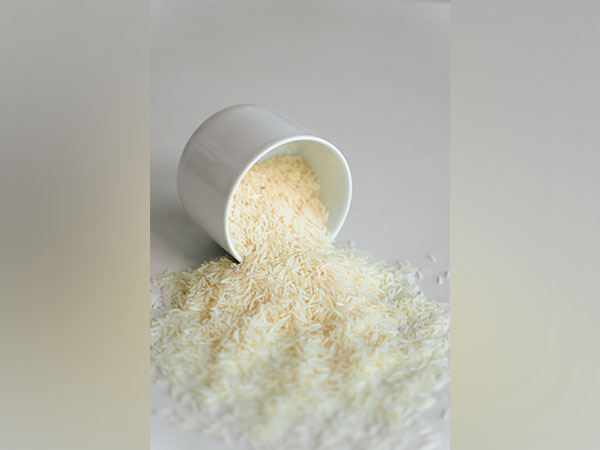
New Delhi : Basmati, a long-grain aromatic rice, has been grown in India for many centuries and is an unalienable part of Indian culture, religion and all occasions of celebration.
India is the leading producer and exporter of Basmati rice because major amount and varieties of Basmati rice are produced in the Indian subcontinent's Himalayan region. The particular agroclimatic condition of this region as well as methods of harvesting, processing unique to the farming practices of these areas are behind the characteristic features of Basmati. The areas of Basmati rice production in India are the Union Territory of J&K and states of Himachal Pradesh, Punjab, Haryana, Delhi, Uttarakhand and western Uttar Pradesh.
India has a large population to feed, yet it is the largest exporter of rice in the global market. Out of India's total rice exports, Basmati constitutes not only the biggest USP, but also significant quantity of its rice export.
The geographical indication (GI) tag is about recognising a country's unique crop and origin of the genome of the crop giving a brand identity as well as identity to the country of origin. From this point of view, it is extremely important to safeguard the brand identity of the country of origin. Granting a GI tag is not meant for politically balancing the claims and cross claims.
India is the largest rice producer after China, ie, it is ranked second in the list of top 10 producers, while Pakistan is in eighth position.
India's total rice production is estimated at about 130 million tonne as against about 112 million tonne of wheat, making it the leading foodgrain producer in the world. As far as Basmati rice is concerned, India and Pakistan are the two largest producers, followed by Nepal, Iran, and the United States. But the fact should never be forgotten that India accounts for over 70 per cent of the Basmati rice production.
The top three exporters of Basmati rice are India with 783,151 shipments followed by Pakistan with 28,884 and China at the third spot with 5,278 shipments. Thus, on the principle of primacy the GI tag is well-deserved by India.
India is ahead of all other Basmati rice producing countries in terms of varieties and quality. So far India has 34 identified varieties of Basmati rice including Basmati 217, Basmati 370, Type 3 (Dehraduni Basmati), Punjab Basmati, Kasturi, Mahi Sugandha, Pusa Basmati, etc.
These varieties are evidence of the agro-climatic suitability of northern and western India for the Basmati crop. We could say that Basmati is God-gifted to India and probably this is the reason that in almost all religious and cultural ceremonies, Basmati rice is one of the major presences in rituals as well as menu, right from birth, marriage celebrations of life and death.
Politics with GI tag erodes the credibility of global institutions which decide about it. The way the issue of Basmati rice is being politicised in Europe and Oceania is not desirable. India is the natural choice for the award of GI for Basmati rice.